| |
|
|
|
|
For several reasons St Magnus is one of the best-known
and best-loved of the City of London churches, so it
comes as some surprise to discover that it was one of the
nineteen City churches recommended for demolition by the
Diocese of London's City of London Churches Commission in
1919. Three years later in The Waste Land, TS
Eliot recalled sitting in the pub across the road
surrounded by the busy life of the Billingsgate
fishworkers while meditating on the inexplicable
splendour of Ionian white and gold held by St
Magnus's walls. In the event, only two of the churches
scheduled were pulled down before the Second World War
intervened, the Blitz conveniently getting rid of some
and making us all the more sentimental about the rest.Historically, this church was St Magnus ad
Pontem, St Magnus by the Bridge, and this was the first
church reached by travellers from the south on entering
the City after crossing the Thames. It has always been a
busy place. There was a church here by the 12th Century,
and the dedication suggests it may have served a colony
of Danish traders. Destroyed in the Great Fire, the
parish started rebuilding it themselves before Wren came
along to finish it for them. The pedestrian way that runs
through the base of the tower was a later alteration to
allow access to London Bridge after the road was widened.
It is on stepping inside that your
breath is taken away, of course, for this is quite the
City's Highest church, and if it is not quite so
stratospheric as some west London temples it does
approach the lunatic fringe of Anglo-catholicism. I say
that as a person who, while not an Anglican himself, admires and enjoys these
things, and if I go further and say there is the air of
an ecclesiastical junk shop it is because I love junk
shops and all things ecclesiastical. Much better a junk
shop than a museum, in any case. The high tiered gilt
white columns rise above altars, shrines, and statues.
Flowers and candles abound, all beautifully kept. And who
could possibly argue that Martin Travers' statue of St
Magnus himself was not intended to amuse? This is a
church to enjoy, robust enough in its holiness to admit
at least a sneaking smile from time to time. And there's
the City churches' best second hand bookshop at the west
end, too. Incidentally, in an earlier version of The
Waste Land, Eliot praised St Magnus Martyr's walls
for holding their joyful splendour of Corinthian
White and Gold - at some point someone obviously
explained to him the difference between Ionian and
Corinthian columns, something I've never been too clear
about myself.
Back outside, the setting is pretty
dreadful. The traffic storms past on Upper Thames Street,
the bleak concrete pedestrian walkways slice the facade
in half, and worst of all is the 1925 block of Adelaide
House, immediately to the west of the church. In its day
it was the tallest office block in the City. Pevsner
described it as a huge square cliff, but went on
to say that the conjunction of the vigorous and
imaginatively detailed steeple and the sheer wall of the
C20 building is entirely successful, which just goes
to show how wrong he could be sometimes.
Simon Knott, December 2015
location: Lower Thames Street 4/036
status: working parish church
access: open Tuesday to Friday, services on
Sunday
 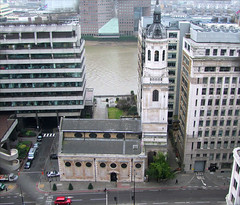 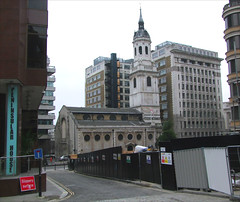 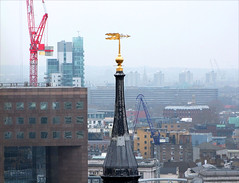  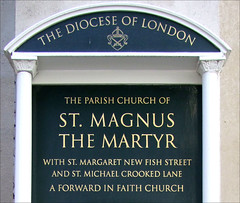 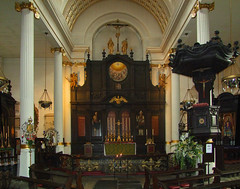 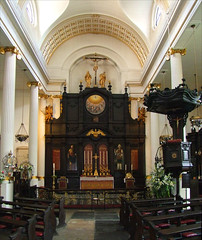 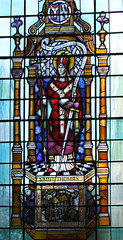  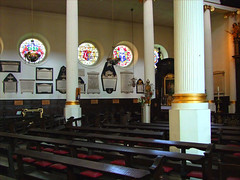 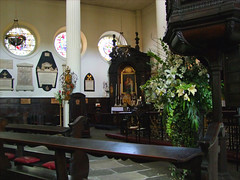 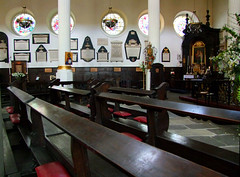  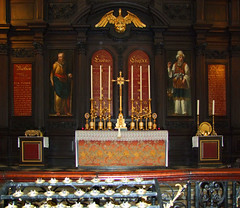 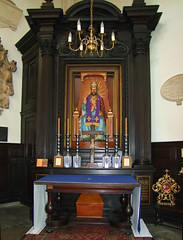 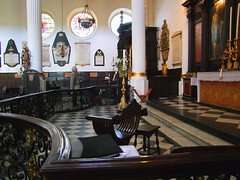 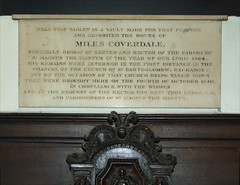 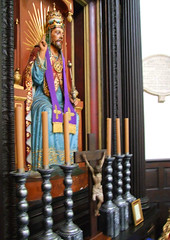  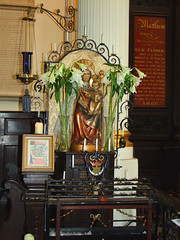 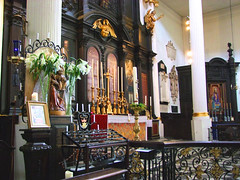 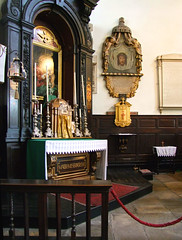 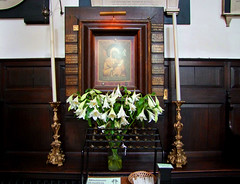 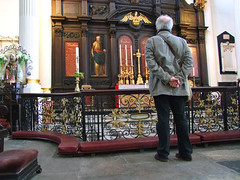 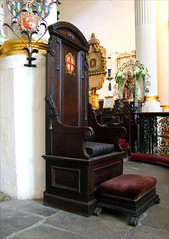 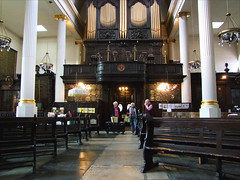 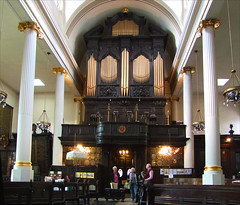 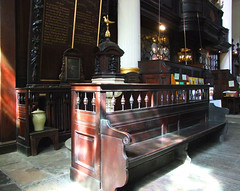 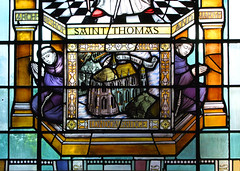 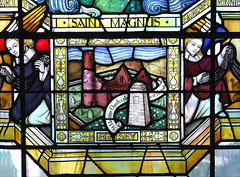 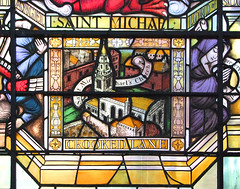 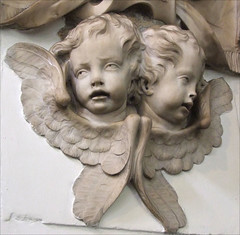 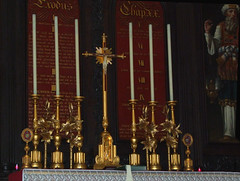 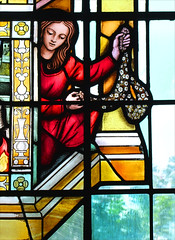 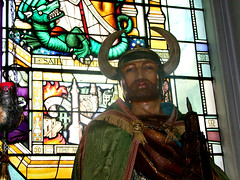
Commission
from Amazon.co.uk supports the running of this site
|
|
|
|
|
|



